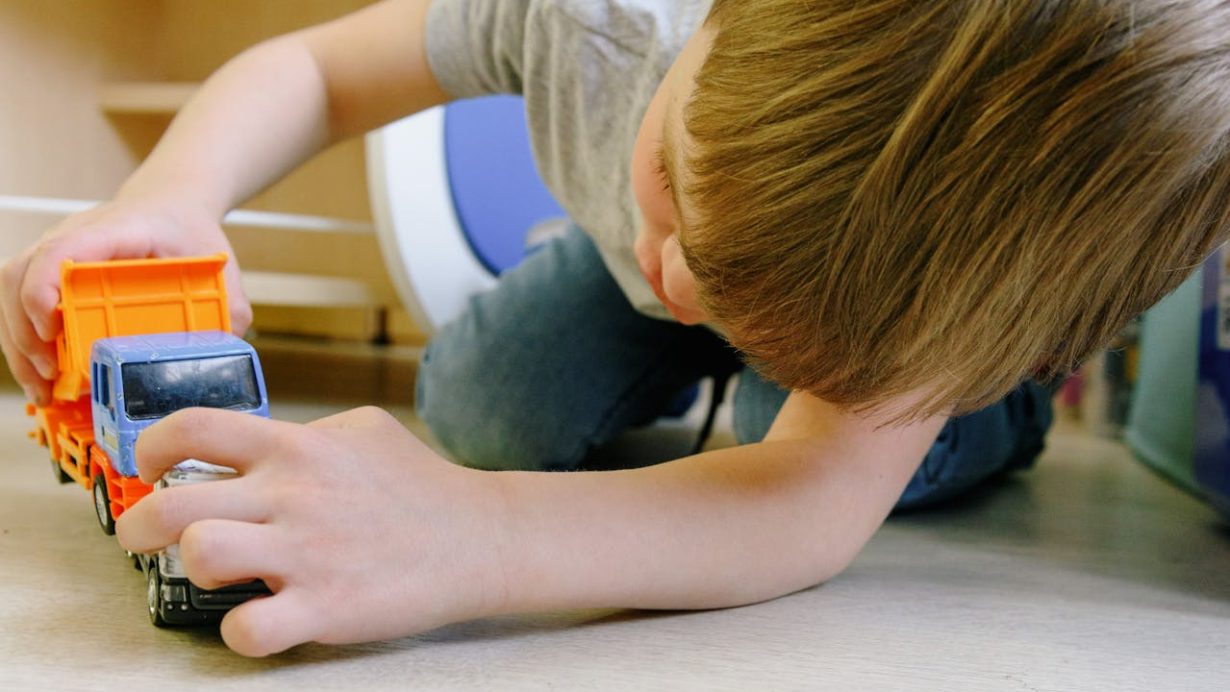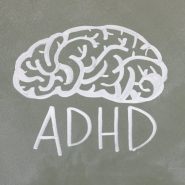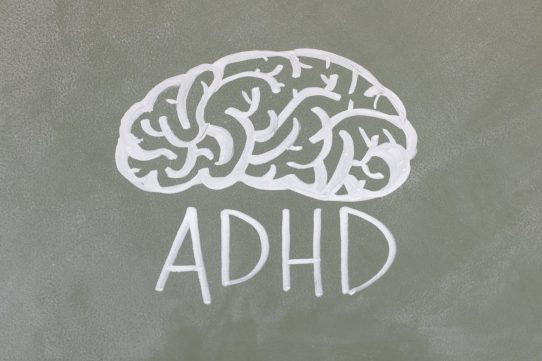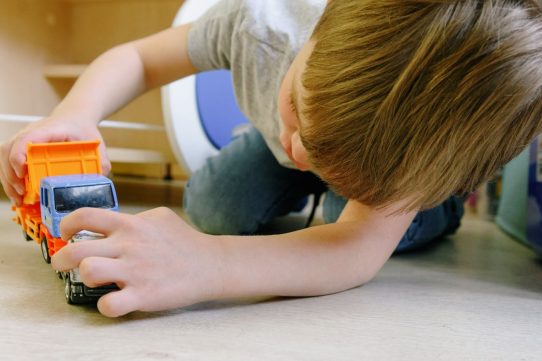Every child grows and learns in their own way, but sometimes parents notice behaviors that feel different from what they expected — small clues that their child experiences the world uniquely. These differences are not always cause for alarm; often, they are signs of a developing autistic mind seeing, hearing, and feeling the world in its own rhythm.
Recognizing early signs of autism isn’t about labeling or rushing toward diagnosis. It’s about understanding. The earlier parents understand how their child communicates and learns, the sooner they can support them with acceptance and the right kind of guidance.
Why Early Awareness Matters
Autism is a spectrum, meaning it encompasses a wide range of traits, abilities, and behaviors. Some children show signs very early — in infancy or toddlerhood — while others display them later, as social demands increase.
Early awareness helps families build environments where a child can thrive. When parents respond to their child’s communication style, routines, and sensory needs early on, they nurture confidence and emotional security that lasts well into adulthood.
Importantly, noticing early signs is not about searching for problems. It’s about seeing the full picture of how a child interacts, plays, and expresses themselves.
The Spectrum of Development
Children on the autism spectrum develop many of the same skills as their peers, but often in a different order, pace, or style. Some may speak early yet struggle with conversation; others may take longer to use words but communicate through gestures or pictures.
The key is to look at patterns over time rather than single moments. One missed milestone rarely tells the story — but consistent patterns in communication or play can provide insight.
Every autistic child is different. While some may need extensive support, others may only require small adjustments to thrive in school and daily life.
Communication Differences
Communication is often one of the first areas where parents notice differences. These can appear in verbal or nonverbal forms, and they may vary depending on age and context.
Common communication traits include:
- Delays or differences in spoken language development.
- Limited use of gestures such as pointing, waving, or nodding.
- Repetition of certain words or phrases (known as echolalia).
- Literal interpretation of language — taking jokes or idioms at face value.
- Unusual tone, rhythm, or volume when speaking.
Some autistic children are highly verbal but struggle with back-and-forth conversation. Others may rely more on pictures, sounds, or actions to communicate what they want. The form matters less than the intent — communication is still happening, just differently.
Social Interaction and Connection
Autism can influence how a child perceives and responds to social cues. This doesn’t mean they don’t want connection; rather, they may express it in ways that look different.
You might notice:
- Limited eye contact or alternating between too much and too little.
- Preference for playing alone or alongside others rather than directly with them.
- Difficulty understanding others’ emotions or facial expressions.
- Strong focus on particular interests during conversations or play.
- Distress when social interactions feel unpredictable or overwhelming.
Many autistic children form deep emotional bonds with family members and close friends. They simply connect in quieter, more deliberate ways — through shared routines, special interests, or mutual understanding.
Patterns, Routines, and Repetition
Repetition provides comfort and predictability. Autistic children often enjoy routines because they make the world feel more structured and less confusing.
Parents may notice:
- Repetitive movements such as flapping hands, rocking, or spinning objects.
- Strong preference for doing activities in a specific order.
- Distress when routines change unexpectedly.
- Intense focus on particular toys, topics, or shows.
These repetitive actions — often called stimming — serve a purpose. They help regulate emotion, manage excitement, or create sensory balance. Rather than stopping them, parents can look for ways to make them safe and acceptable within daily life.
Sensory Differences
Many early signs of autism relate to how a child processes sensory input — sights, sounds, textures, tastes, and smells. What seems mild to one person can feel intense to another.
Sensory differences might look like:
- Covering ears in response to loud noises.
- Avoiding certain fabrics, foods, or bright lights.
- Fascination with movement, spinning, or patterns of light and shadow.
- Seeking deep pressure or rhythmic motion for comfort.
- Reacting strongly to changes in temperature or texture.
Understanding sensory needs helps parents tailor the home environment. Sometimes it’s as simple as softening lighting, offering noise-canceling headphones, or creating a quiet corner where the child can retreat and reset.
Play and Imagination
Play reveals how children think and connect. Many autistic children enjoy play differently — sometimes focusing on objects rather than people or repeating scenes in the same order each time.
Signs in play may include:
- Preference for arranging toys in lines or specific patterns.
- Interest in parts of objects (like spinning wheels) rather than the whole toy.
- Repetition of the same pretend-play scenario.
- Less interest in group play but deep focus on solo activities.
While some of these behaviors are common in all children, in autism they may persist longer or appear more intense. The key is to recognize play as communication — it tells you how your child experiences joy, control, and creativity.
Emotional Regulation and Response
Autistic children often feel emotions deeply but may express them differently. Overwhelm, frustration, or sudden changes in routine can trigger strong reactions that look like “tantrums” but are actually meltdowns — the body’s way of signaling distress.
Signs of emotional regulation differences include:
- Extreme reactions to small changes or surprises.
- Difficulty shifting from one activity to another.
- Need for recovery time after social or sensory overload.
Parents can help by staying calm, providing space, and offering comforting tools — like weighted blankets or familiar sounds. With consistency and patience, children learn that their feelings are valid and manageable.
When to Seek Support
If you notice several of these patterns continuing over time, it may help to discuss them with a pediatrician, educator, or developmental specialist. Seeking insight does not mean labeling your child — it simply opens doors to better understanding and early support.
Keep notes about what you observe: communication, routines, or reactions to sensory experiences. This information helps professionals and teachers see the bigger picture of your child’s strengths and needs.
Early support, such as speech, occupational, or play-based therapies, can help build practical skills — but just as importantly, it helps children feel confident in who they are.
Strengths Behind the Signs
It’s easy to focus on challenges when learning about autism, but every trait also holds potential.
- A child who lines up toys might be showing early organizational or analytical skills.
- A child who repeats words may be practicing rhythm and pattern recognition.
- A child who prefers solitude may have strong focus and creativity.
When parents approach early signs with curiosity instead of fear, they create space for growth. Every strength deserves nurturing — not correction.
The Role of Acceptance
Perhaps the most powerful response to early signs of autism is acceptance. It begins with seeing your child not as a checklist of traits, but as a complete person with a unique way of interacting with the world.
Acceptance doesn’t mean ignoring challenges — it means addressing them with compassion and respect. When children feel understood rather than “fixed,” their confidence grows.
Families that build acceptance early tend to find more joy and less stress along the way. Awareness, patience, and love make the best foundation for any developmental journey.
Final Thoughts
Early signs of autism are not warnings — they are windows into how a child experiences life. Every gesture, repetition, and preference tells a story.
The earlier parents learn that story, the sooner they can respond with empathy and create environments that foster comfort and connection. In time, those small moments of understanding become the building blocks of trust, communication, and lifelong confidence.
Photo by Ksenia Chernaya: https://www.pexels.com/photo/boy-playing-with-toy-trucks-8535221/








